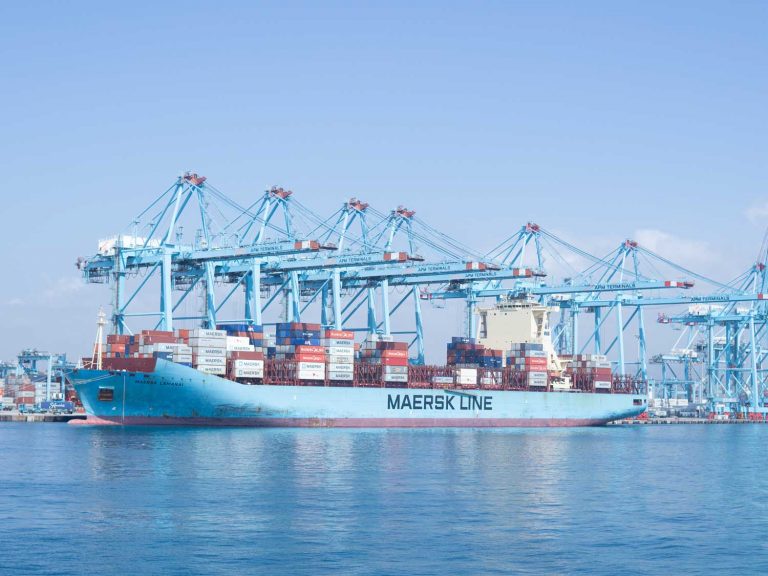
Date:
Shipping lines follow Maersk’s Asia-Europe rate increase
Maersk took a sea fright market struggling with excess capacity by surprise a fortnight ago, when it announced its intention to impose a 49% freight all kinds (FAK) general rate increase (GRI) on the 1st August 2023.
The carrier said that to continue offering a broad portfolio of high-quality services it was raising its FAK rate from Asia to the Northern European hubs of Rotterdam, Gdansk and Felixstowe, in a move that would add hundreds of dollars to a TEU.
Despite the lack of any apparent peak season, Maersk’s GRI appears to be targeting peak season imports by European shippers.
Other shipping lines haven’t waited to see if shippers will take Maersk’s bait, announcing their own GRIs, in the days since the original announcement.
The following lines (so far) have announced FAK rate increases in the range of $200-300 per TEU (double for FEU) effective on 1st August 2023:
Maersk | CMA | MSC | HMM | Evergreen | OOCL
Rate erosion on the Asia to Europe trade has been accelerating, virtually halving since the beginning of the year, but it does feel like we’re back in a pre-pandemic market where a carrier announces a key-trade GRI, with the rest tagging along, using the GRI as a starting point for negotiations.
In the past, GRIs which run counter to supply and demand fundamentals have typically struggled to succeed, as demonstrated by trans-Pacific GRIs through the first two quarters, that did little to lift spot rates.
At this point in the year, rising peak season demand should be exerting upward pressure on rates, but sustained weak demand and huge amounts of available capacity have been suppressing the market.
The financial impact of a damaging second quarter for carriers is encouraging carriers to follow Maersk’s lead, with their own increases and the desire to bring an end to sub-economic trading may see the lines return to more disciplined volume control, particularly as the new container ship order book currently sits at 7.3 million TEUs.
The equivalent of a third of the current global fleet is due for delivery by the end of next year, with 2.5 million TEUs due in 2023 and the remainder by end of 2024, with the biggest share to be deployed on the Asia-Europe trade.
Without significant cuts in capacity through an increase in blank sailings and/or idling vessels, many carriers could be in loss-making territory.
The sea freight market from China and Asia is extremely dynamic and actions by any carrier or alliance can have a profound impact on the competitive behaviour of major trade-lanes, which is why we work closely with our carrier partners, to stay abreast of developments, so that we can protect and identify opportunities for our customers.
If you have any questions or concerns about your Asia supply chain or the developments outlined here, please EMAIL our Chief Commercial Officer, Andy Smith.
